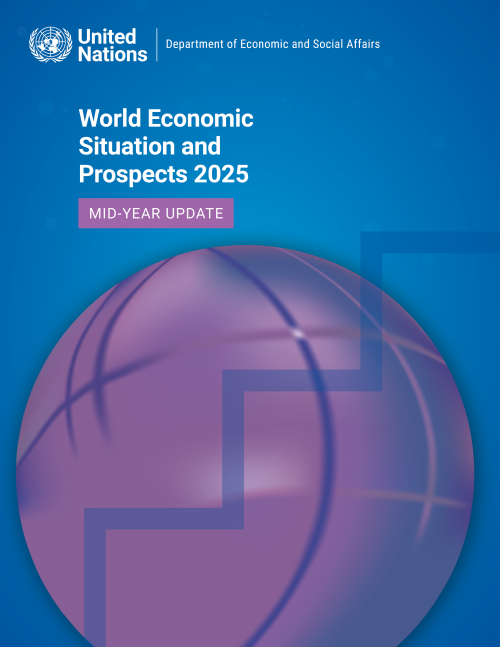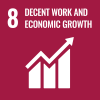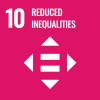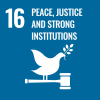The world economy is at a precarious moment. Heightened trade tensions, along with policy uncertainty, have significantly weakened the global economic outlook for 2025. Higher tariffs—resulting in a significant increase in the effective tariff rate in the United States of America—are likely to strain global supply chains, drive up production costs and delay critical investment decisions, while also contributing to financial market volatility. Global economic growth is now projected to slow to 2.4 per cent in 2025, down from 2.9 per cent in 2024, and 0.4 percentage points below the January forecast. The downward revisions in growth forecasts are broad-based, affecting both developed and developing economies. Weakening global trade growth and investment flows are compounding the slowdown. Many trade-reliant developing countries face mounting challenges from reduced exports, lower commodity prices, tighter financial conditions, and elevated debt burdens.
Inflation is easing globally, but short-term risks from tariff-driven cost pressures and uncertainty are adding to policy challenges. Addressing them requires a broad toolkit that combines monetary policy, fiscal measures, supply-side reforms, and industrial strategies to stabilize prices and foster resilience.
The deteriorating economic outlook is further undermining progress toward the Sustainable Development Goals, many of which are already off track. Slower growth and persistent cost-of-living pressures risk deepening inequalities, disproportionately burdening low-income households and vulnerable populations. Meanwhile, persistent weakness in global investment growth drags down long-term economic prospects.
 Welcome to the United Nations
Welcome to the United Nations




